Search Images
Browse Content (p. 1150)
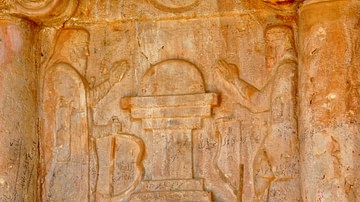
Image
Main Carving, Rock-Cut Tombs of Qizqapan
This is the main scene, carved between the engaged Iranian ionic-style columns and above the entrance into the main chamber of the rock-cut tombs of Ashkawt-i Qizqapan (Kurdish: The Cave of the Ravisher or the Cave of the Raped/Abducted Girl...
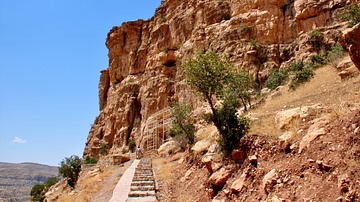
Image
Approach Path, Rock-Cut Tombs of Qizqapan
The road to Ashkawt-i Qizqapan (Kurdish: The Cave of the Ravisher or the Cave of the Raped/Abducted Girl), which lies in Chemi Rezan Valley, Sulaymaniyah Governorate, Iraqi Kurdistan. It is not a cave; it is a rock-cut tomb, which contains...
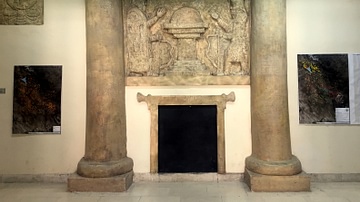
Image
The Rock-Cut Tombs of Qizqapan (Replica)
A modern replica of the façade of the rock-cut tombs of Ashkawt-i Qizqapan (Kurdish: The Cave of the Ravisher or the Cave of the Raped/Abducted Girl). The replica was made in late 2002 and was placed at the main entrance into the halls of...
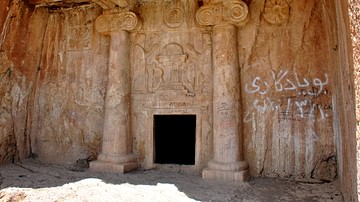
Image
Entrance, The Rock-Cut Tombs of Qizqapan
The façade and entrance into the rock-cut tombs of Ashkawt-i Qizqapan (Kurdish: The Cave of the Ravisher or the Cave of the Raped/Abducted Girl), which lies near Zarzi village and the Palaeolithic cave of Zarzi, Chemi Rezan Valley, Sulaymaniyah...
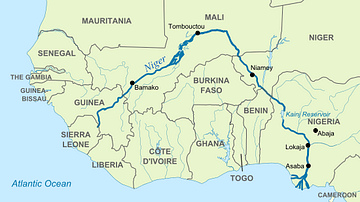
Image
Map of Niger River
The Niger River is the most important river in West Africa, and is the third longest river in Africa after the Nile River and Congo River. Known for its distinctive "boomerang" shape, the Niger River flows from the Guinea Highlands to the...
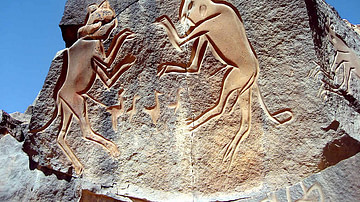
Image
Saharan Rock Carving of Two Cats Fighting
This prehistoric Saharan rock carving from Wadi Mathendous in the Fezzan, Libya depicts two cats fighting. Similar petroglyphs can be found in rock escarpments throughout the Sahara, providing valuable clues to the people who inhabited and...
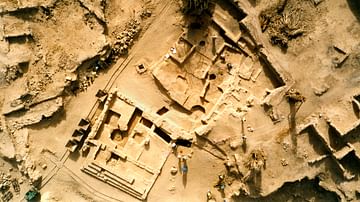
Image
Aerial View of the Ruins at Germa (Garama)
This aerial picture shows the ruins of Germa, known as Garama in antiquity. Garama was once the capital of the powerful Garamantean Kingdom which rose to prominence in the region of southeast Libya around 500 BCE and was a regional power...
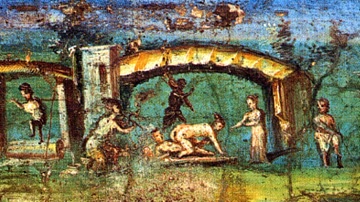
Image
Fresco of a Love Scene on the Nile
This 1st Century CE Roman fresco portrays an erotic scene in a Nile setting. The fresco itself comes from the "House of the Ephebus" in Pompeii and it currently resides at the National Archaeological Museum of Naples in Italy.
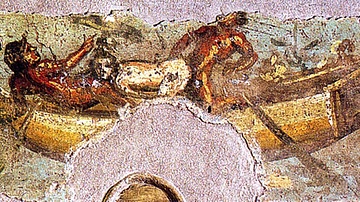
Image
Roman Fresco of a Love Scene on the Nile
This fragment comes from a fresco found in the "House of the Ephebus" in Pompeii. It portrays an erotic scene on the Nile. It portrays two African men and a Greek or Roman woman. The fresco dates to the 1st Century CE and currently resides...
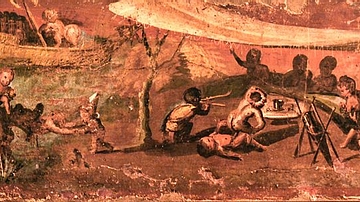
Image
The "Banquet of the Pygmies"
This 1st Century CE fresco is part of a cycle in the "House of the Physician" in Pompeii portrays pygmies living along the Nile. This scene depicts a banquet accompanied by music and sex acts. The fresco currently resides in the National...